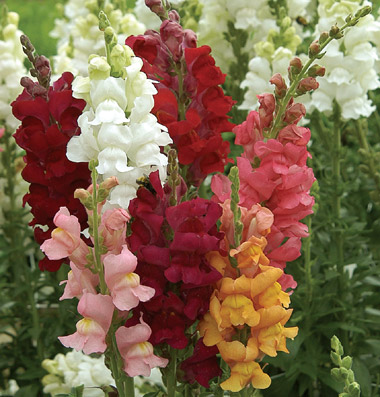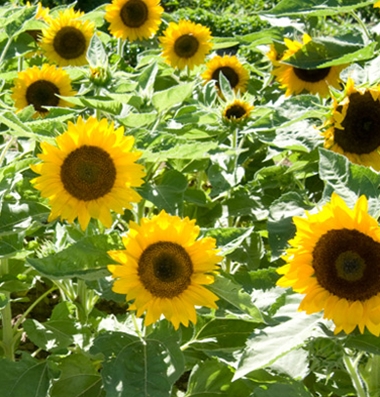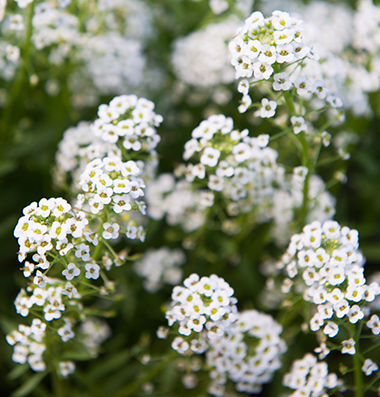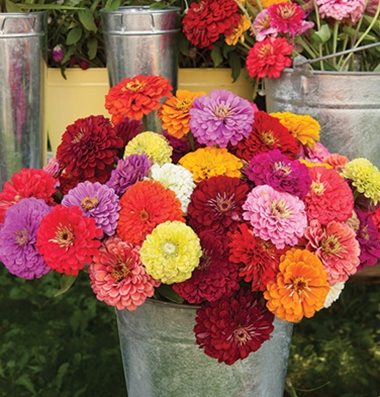Check in weekly, on Wednesdays, to read our new post on gardening, harvesting, and making use of that fine, extra-local produce! We’ll share tips and techniques, gleaned from our urban farms and gardens. Email info@growpittsburgh.org with any topics you’d like us to cover.
Flowers may not be the first thing on your mind as you’re planning and planting your vegetable garden. But there are lots of good reasons to incorporate them into veggie beds! Read on to learn the benefits and to get some ideas for varieties to include.
Flowers have several uses in the vegetable garden. First, they draw beneficial insects, which help keep garden pests levels under control. The nectar and pollen that flowers produce are an important source of food for the adult forms of many beneficial insects (the larvae are often predators of pests). If you’ve ever dealt with an infestation of a pest insect, you’ll appreciate the fact that beneficials can save you lots of worry, time, and energy!
Secondly, some flowers are thought to repel pest animals. Traditionally, marigolds, with their spicy floral aroma, are planted to dissuade rabbits and other small pests from entering the garden. Flowers in the onion family, like any kind of allium, are distasteful to deer and may help keep them away.
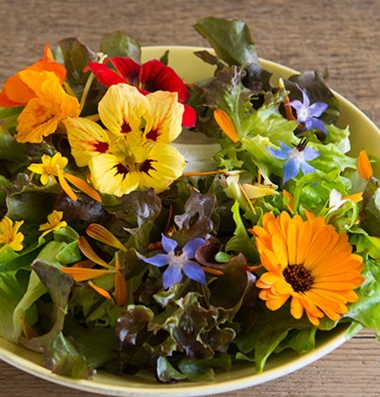
Edible Flower Collection from Johnny’s Selected Seeds.
And finally, flowers add a beautiful layer to the aesthetics of a garden space. In addition to looking great in the garden, flowers can be cut to fill vases inside, and edible ones can make a unique addition to salads or cakes.
There’s really no need to plan a separate bed for flowers. Simply add them in at the base of trellised crops like tomatoes or pole beans, or tuck them into the edges of beds, where they will get some sun and a little space.
Any flowers can work in the vegetable garden, though we prefer annuals, if they will be planted in the vegetable beds. Any annuals can work, and perennials make great additions to borders or shady areas where vegetables won’t grow. Here are some annual varieties we’ve tried on our sites and liked. All can be direct seeded or transplanted, with the exception of snapdragons and sweet alyssum, which are much easier to transplant. (All photos from Johnny’s Selected Seeds.)
In addition, most herbs, like basil, cilantro, dill, sage, and thyme, flower at some point in the season, and are wildly attractive to beneficial insects. We recommend leaving these flowers until they are spent, then pruning them back. They also make beautiful additions to bouquets!




